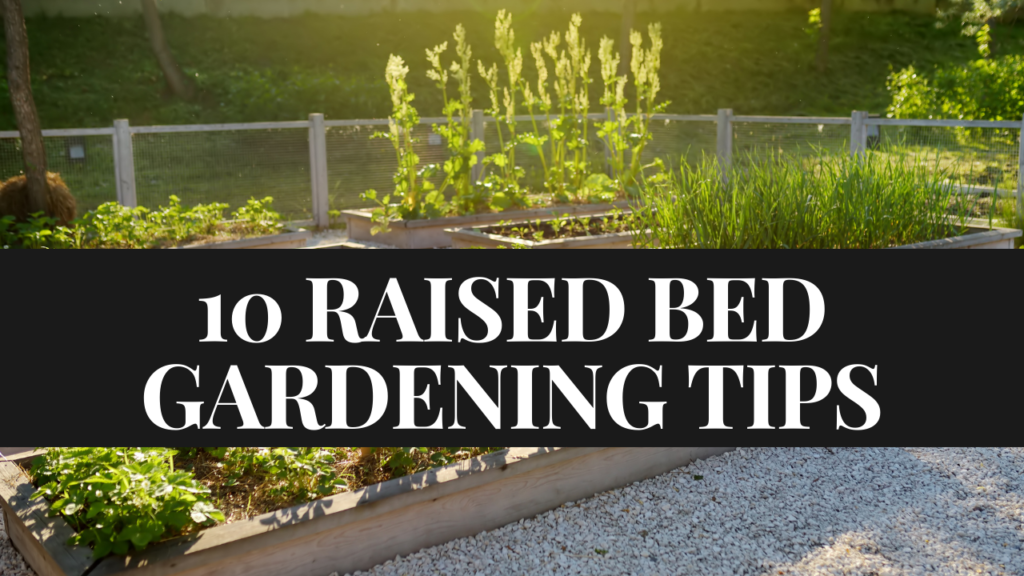This post is all about raised bed gardening tips for beginners.
The best way to water a raised-bed garden is to use a system that provides regular and even irrigation that is simple to use, maintain, and easy to install.
In your backyard, raised-bed gardens are a productive and easy way to grow herbs, fruits, flowers, and vegetables. How you water the raised beds, on the other hand, will make the difference between a safe, flourishing garden and plants that struggle with under-watering, over-watering, and everything in between.
Here’s a list of the 10 raised bed gardening tips.
10. Water at the roots.
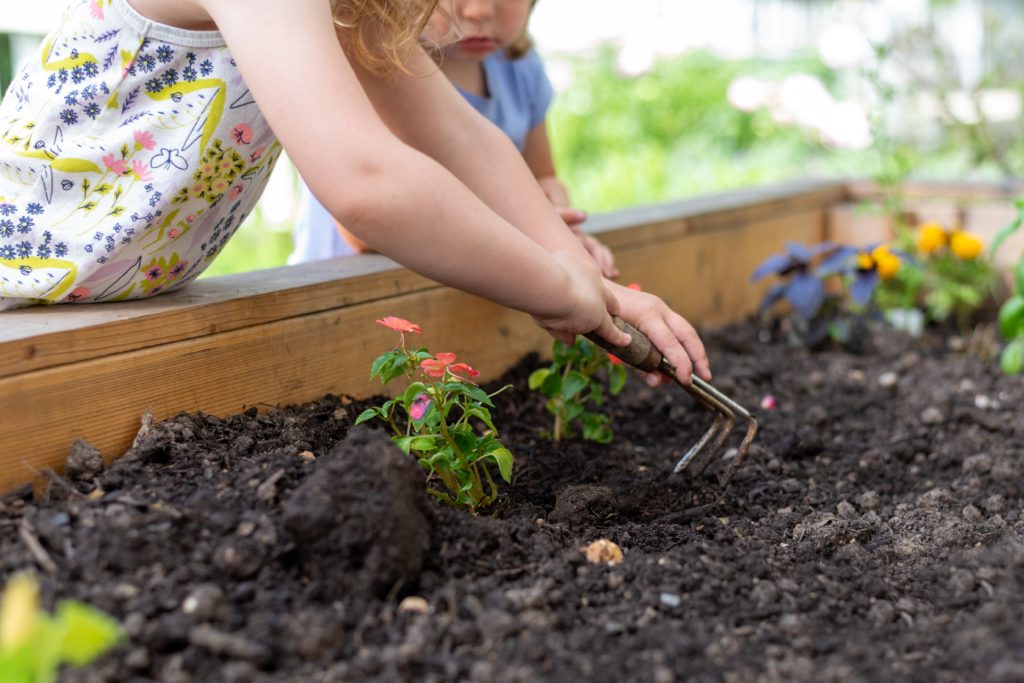
Rather than using a sprinkler or a sprayer, which wets the leaves, water garden plants at the root. Fungal diseases such as Septoria leaf spot, which can wipe out an entire tomato crop, are exacerbated by wet leaves. Consider wrapping a soaker hose around the base of the plants loosely. Install a drip irrigation system designed to deliver water where it’s most needed—at ground level.
When it’s dusty, windy, or hot outside, plants need more water. Raised-bed gardens in hotter climates, such as Arizona, can need regular watering. The raised beds may only need to be watered 1-2 times a week at other times of the year. Seasonal conditions should be taken into consideration when changing the timer’s frequency.
9. Make use of mulch.
Try using mulch on your beds to preserve moisture and prevent weed growth. You can cover your elevated garden beds with newspaper once a year in the fall. The newspaper is then buried in composted amendments.
It takes 4-6 months for the newspaper to decompose. It amends the soil and prevents weeds from growing as a result of this process.
8. Fertilize regularly.
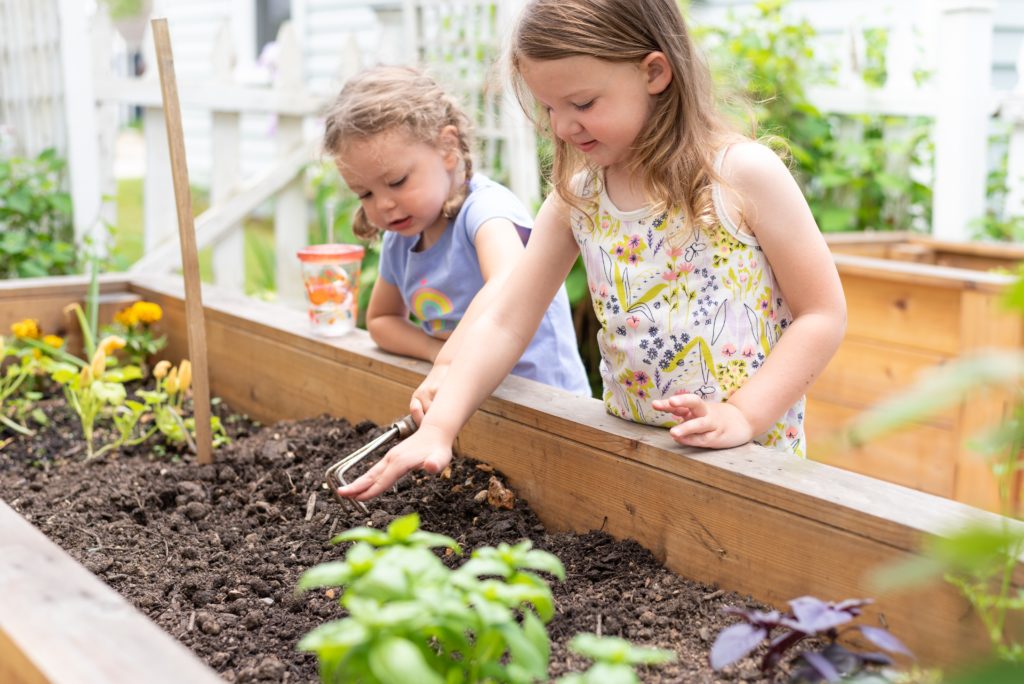
Plant roots spread easily in a raised bed because the soil is loftier and fluffier than in a normal garden, enabling them to absorb the nutrients they need for healthy development. Add a time-release, granular garden fertilizer, such as Miracle Gro-Continuous Release Plant Food for Vegetables and Fruits, when you first plant. Follow the package’s recommended amounts. You’ll need to reapply it in the middle of the season for the best performance (about three months later). Avoid fertilizers that aren’t labeled explicitly for fruits and vegetables because they can contain nutrients that increase foliage but decrease your produce’s quantity and size.
7. Plant in rows to make weeding easier.
When the time comes, how do you plant your seeds? Can you scatter your seed around the bed to prevent weeds from sprouting, or should you invest in one of those seeding squares from the local nursery to optimize your space? It’s difficult to know where to start when there are so many choices.
If you want to cut down on your weeding time, there’s only one way to go. Make sure your beds are at least six inches apart and planted in rows. That way, you’ll be able to run a hoe straight down the center.
6. Pair plants carefully.
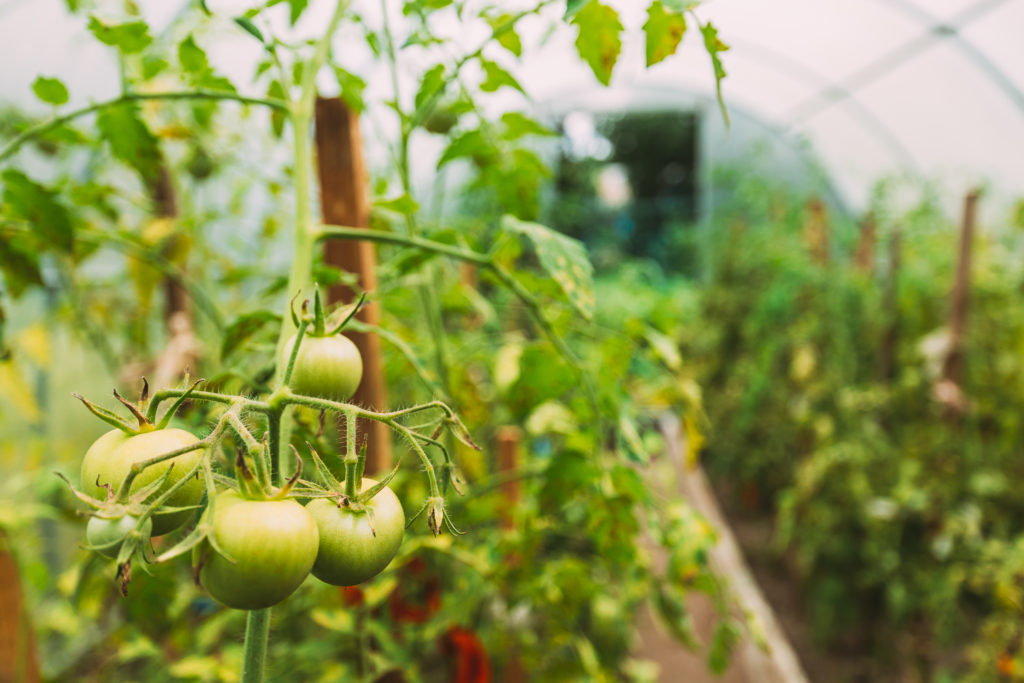
When such plants are planted next to other particular plants, gardeners also find that they thrive. Similarly, certain plants do not survive when combined with another plant family. Companion planting has been around for a while, and studies show that it is successful.
5. Track what you plant from year to year.
Keeping detailed records of what you placed in each bed from year to year will assist you in making educated decisions on what amendments your soil needs each time you plant.
Tomatoes, for example, prefer calcium-rich soil, so adding calcium to a bed that previously held tomatoes before planting another crop is a good idea. Draw a basic map of your plantings and keep it somewhere secure for future reference. Before you plant next year, take a look at the previous year’s data.
4. Start with suitable soil.
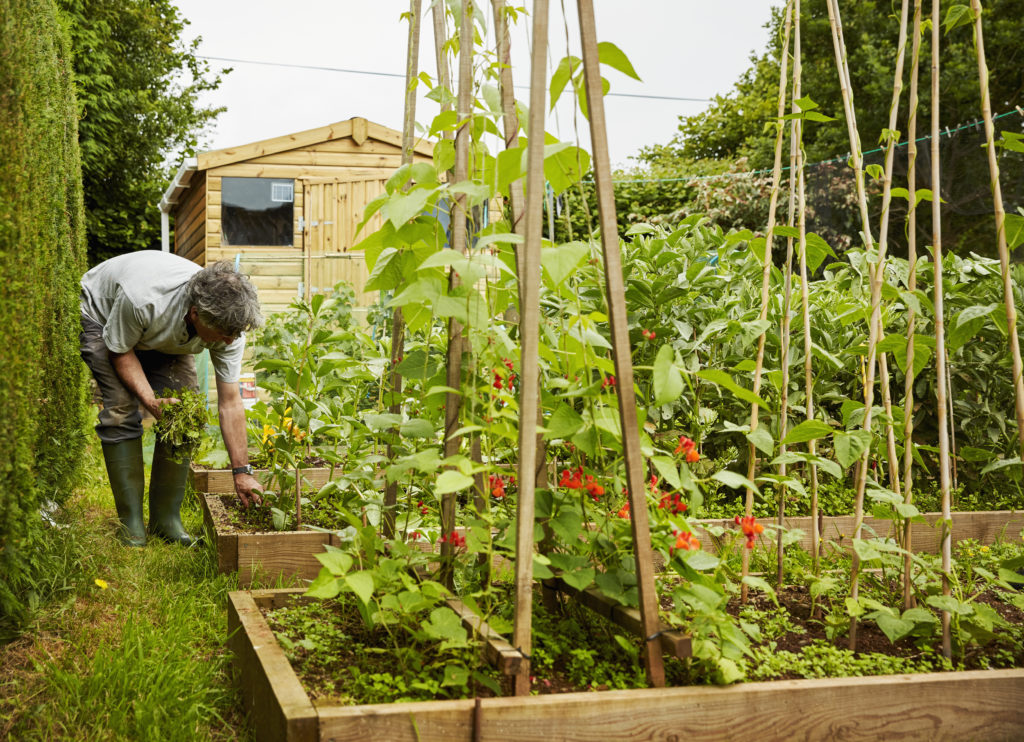
If you’re planting in raised beds or patio planters, you’ve already bought a soil mix to fill the gaps. That’s a good thing because backyard soil may be polluted, especially in urban areas.
The fact is that more contractors are burying garbage than ever before, and often people buy a property that might have had a previous owner, and you have no idea what was done in your place. If you’re growing food in your backyard, you’re just messing with what’s in the ground unless you have the soil adequately tested.
3. Plant leafy vegetables in the shadier areas.
If your plot, like many others, is hindered by shade at certain times of the day, don’t despair. A little shade is fine for some of the easiest vegetables to grow.
In low sun situations, anything tall, green, and leafy does better, like Lettuces, spinach, and kale. Their leaves function similarly to small solar panels, so their ability to convert sunlight into energy is far superior to that of a plant with small, skinny, tiny leaves.
Choose a leafy salad mix or stock those shade-dappled beds with enough leaf or head lettuces to last the entire season.
2. Understand the needs of your plants.
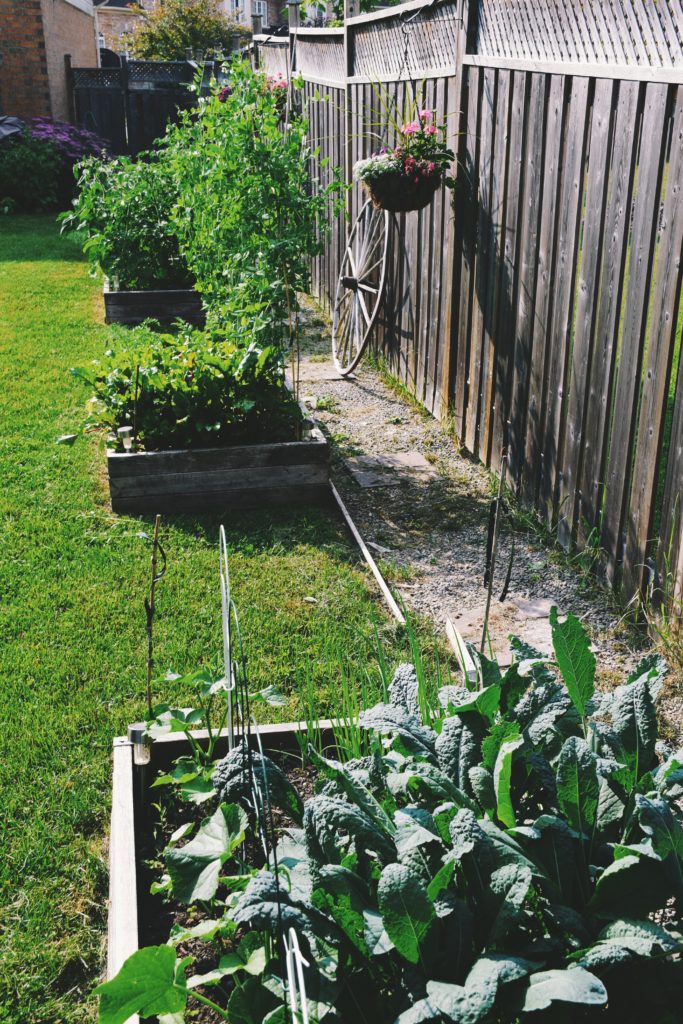
One of the most common mistakes people make, particularly first-time growers, is misunderstanding the plants’ needs.
Do some study before selecting plants or seeds for your garden. How much natural light does each of your beds get during the day? Are there any soil amendments you can use before sowing your plants for the year? Consider the answers to these questions to prevent garden mistakes and produce the best crops possible.
1. Start simple with herbs.
If you’re new to gardening and want to get your feet wet, consider tending to a single raised bed or deck planter. With limited space and time, you may be tempted to cram as many plants as possible into your container. Although those are rewarding plants to grow, they also necessitate a lot of attention, especially if you’re growing them in pots. Begin with something simple—and more manageable.
This post has been all about raised bed gardening tips for beginners.
If you are looking to start your garden, check out the links in the description for our recommended books and audiobooks.
Don’t forget to download the free ebook too.
Backyard Gardening Book (paperback)
Backyard Gardening Book (audiobook)
Urban Gardening Book (paperback)
Urban Gardening Book (audiobook)

